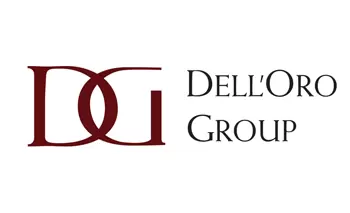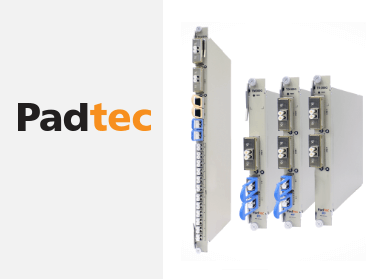Broadband Forum is launching significant upgrades to USP 1.3 and TR-181 Device 2.16.
The new features establish a standardized, interoperable method for deploying and supporting value-added applications in a containerized framework.
The features can be used on all broadband subscriber connected devices, including Wi-Fi routers, set-top boxes, and smart home hubs.
Potentially, ISPs could use the capabilities to manage individual smart home applications separately and without the need for complicated firmware updates.
"With these upgrades, we are reimagining the potential of broadband services, paving the way for service providers to introduce next-generation applications and services with unparalleled ease, without the need for monolithic firmware upgrades," said John Blackford, Broadband Forum Chairman and Broadband User Services (BUS) Work Area Co-Director. "Our commitment is to provide an ecosystem that delivers the enhanced and diversified services that end-users now expect."
Previously, a device software upgrade would have been needed for services to be installed. But in a container framework, applications can be separated from the device’s operating system and managed dynamically within secure and trusted software containers. In turn, this means that the lifecycle of the application can be managed by the service provider using the remote device management protocol USP 1.3.
“These latest publications from Broadband Forum will open up an array of possibilities for service providers, enabling them to unlock the full potential of their infrastructure and deliver groundbreaking value-added services,” said prpl Foundation President Len Dauphinee. “Service providers will now have improved capacity to control and manage connected devices in the customer premises, allowing increased customer engagement and service personalization.”
Developed by the Broadband Forum, USP has transformed device management and customer support in the broadband industry, offering real-time device data and control for service providers.



















